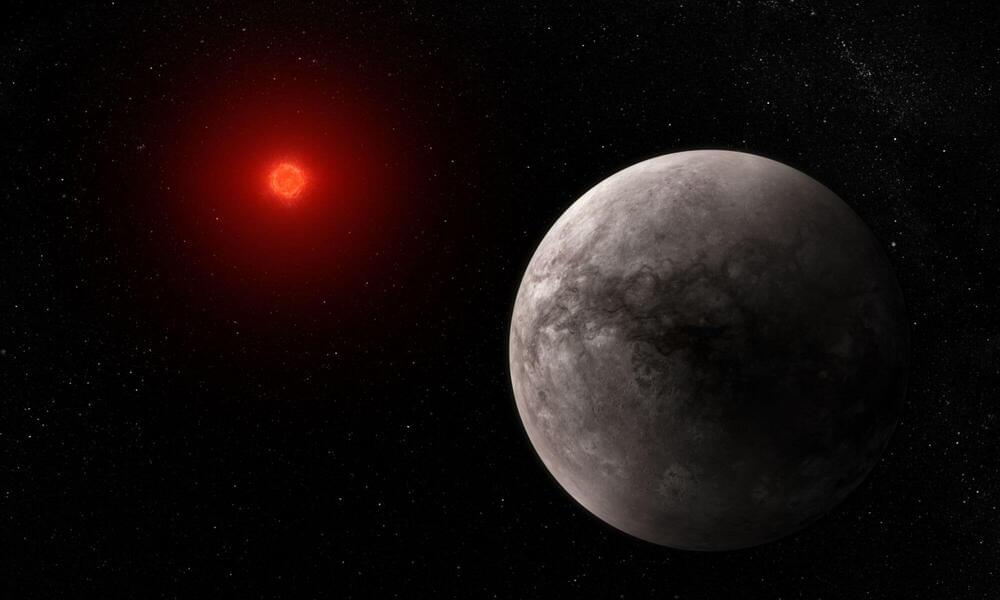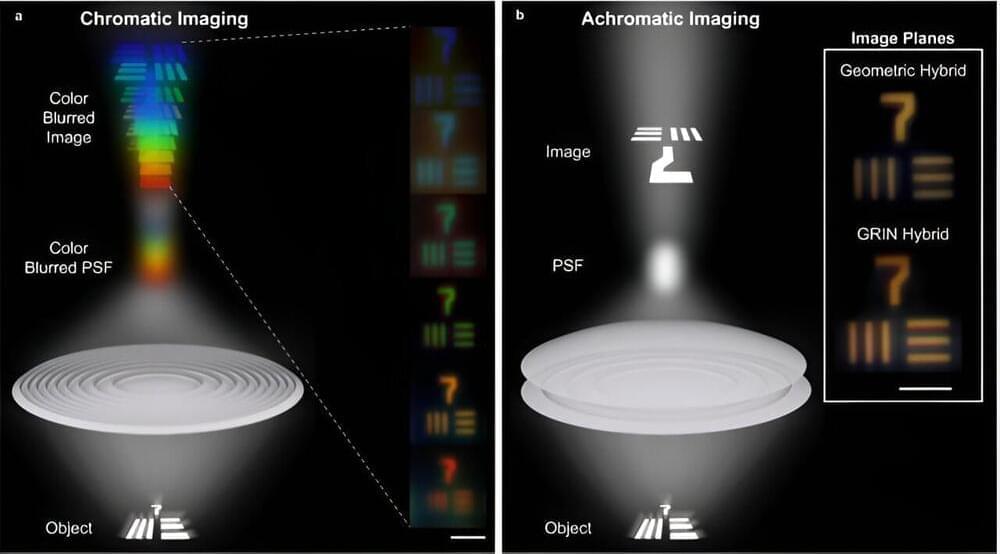Dr. David Sinclair presents about the new update on epigenetic reprogramming on reversing aging to prevent and treat rare and common diseases in this video.
Get the latest international news and world events from around the world.
Humanoid Robot Showdown: Tesla Bot vs Figure 01
Head to head comparison of the two top robotic companies that seem to be the most advanced at this time: Figure 1 and Tesla’s Optimus. Robotics expert Dr. Scott Walter does a deep dive comparison. My website: https://www.herbertong.com Get Free TESLA Milestone Tables Check out the MOST comprehensive library of resources for the $TSLA Investor Scott Walter is an Aerospace Engineer with a Ph.D. in Mechanical Engineering and has co-founded two robotics companies.
SpaceX’s Falcon Heavy to Rescue Hubble: Good News for SpaceX, Bad News for NASA
SpaceX’s Falcon Heavy rocket is set to play a significant role in upcoming space missions, including potentially repairing the Hubble Space Telescope, and is making strides in space exploration alongside other companies and countries.
Questions to inspire discussion.
What role will SpaceX’s Falcon Heavy rocket play in upcoming space missions?
—SpaceX’s Falcon Heavy rocket is set to play a significant role in upcoming space missions, potentially including repairing the Hubble Space Telescope.
Musk just declared SpaceX launch 80% of Earth’s payloads 2023 but STARSHIP will enable 1000 times more payload
SpaceX’s Starship has the potential to revolutionize space exploration and launch costs, posing a significant challenge to China’s aspirations for space supremacy.
Questions to inspire discussion.
What is the potential impact of SpaceX’s Starship on space exploration?
—The Starship has the potential to revolutionize space exploration and launch costs, posing a significant challenge to China’s aspirations for space supremacy.
SpaceX Unveils Major Upgrades and Plans for Starship Program
SpaceX has made significant upgrades to their launch site and achieved success with the hot staging system, signaling progress towards the next Starship flight, and revealed new details and plans for the future of the Starship program.
Questions to inspire discussion.
What upgrades has SpaceX made to their launch site?
—SpaceX has made significant changes to their launch site, including removing parts of the building, upgrading piping and booster hold down clamps, adding more propellant offloading points, and new tanks.

Astronomers calculate which exoplanets are most likely to have water
Astronomers know of about 60 rocky exoplanets orbiting in the habitable zones of their stars. When they try to determine how habitable these planets might be, detecting water in their atmospheres plays a huge role. But what if there was another way of measuring the water content in these worlds?
Researchers are developing a way of modeling these worlds to determine how much water they have.
Habitability likely requires surface water, as far as we can tell. But detecting surface water is next to impossible. The next best thing is to use the tools we have—like the James Webb Space Telescope—to detect and characterize exoplanet atmospheres. But despite the JWST’s power, it can’t examine every exoplanet atmosphere. Some are beyond its reach. But one team of researchers is using what we do know about exoplanets, tidal heating, and radiogenic heating to try to determine which exoplanets might have oceans, either on the surface or under the surface.

NASA Receives Laser Signal From 10 Million Miles Away
NASA has been laser-beamed data from millions of miles away — and it was a message the agency sent itself.
In a press release, the NASA-funded Jet Propulsion Lab at Caltech said that it has achieved “first light” laser communication via its Deep Space Optical Communications (DSOC) experiment, which was launched last month on the Psyche spacecraft that’s currently making its way to the asteroid belt between Mars and Jupiter.
The experiment’s main focus is seeing how viable optical communications, or data transmitted via freakin laser beams, can be as we as a species properly enter our spacefaring age. And by all accounts, it was a resounding success.


A new (micro) lens on optics: Researchers develop hybrid achromats with high focusing efficiencies
Using 3D printing and porous silicon, researchers at the University of Illinois Urbana-Champaign have developed compact, visible wavelength achromats that are essential for miniaturized and lightweight optics. These high-performance hybrid micro-optics achieve high focusing efficiencies, while minimizing volume and thickness. Further, these microlenses can be constructed into arrays to form larger area images for achromatic light-field imagers and displays.
This study was led by materials science and engineering professors Paul Braun and David Cahill, electrical and computer engineering professor Lynford Goddard and former graduate student Corey Richards. The results of this research were published in Nature Communications.
“We developed a way to create structures exhibiting the functionalities of classical compound optics but in highly miniaturized thin from, via non-traditional fabrication approaches,” says Braun.